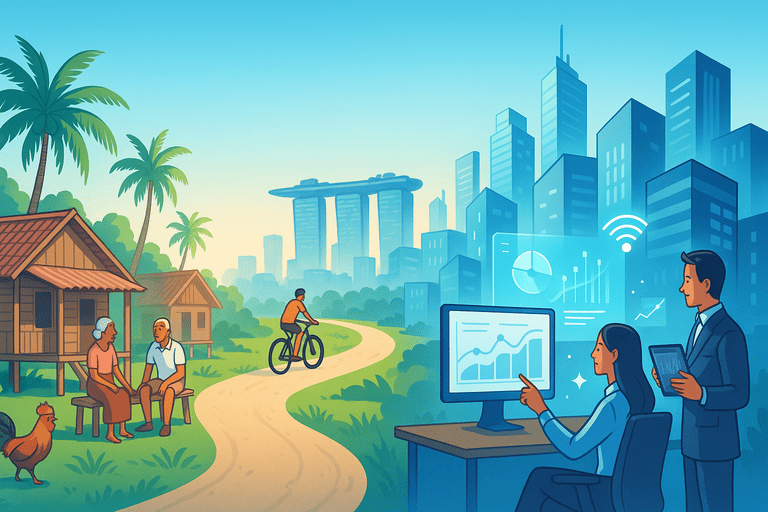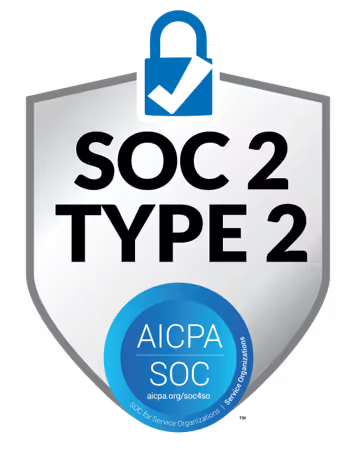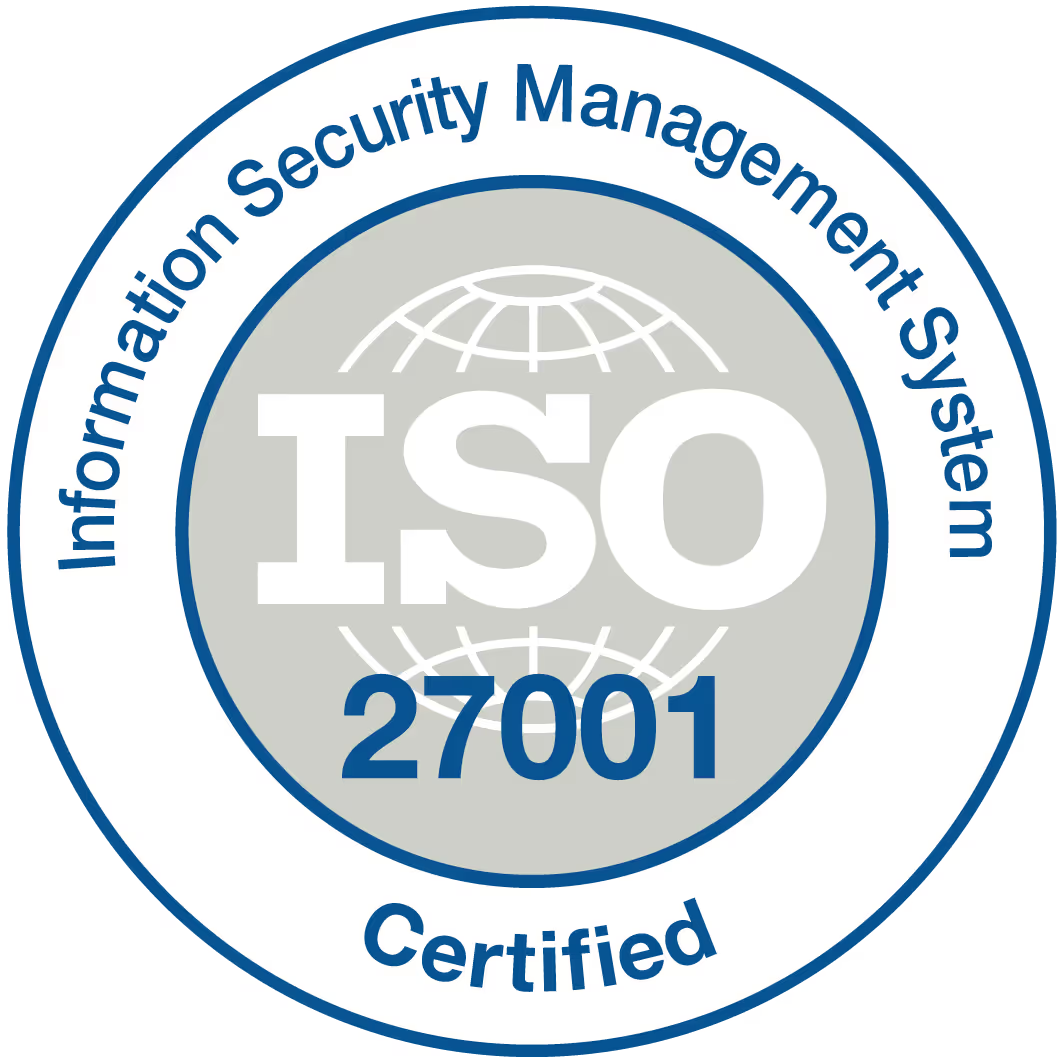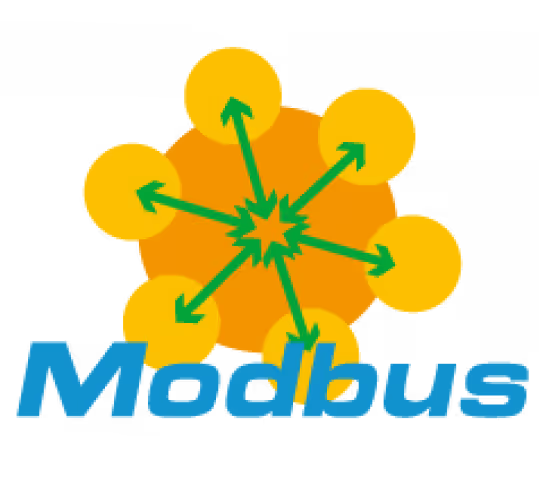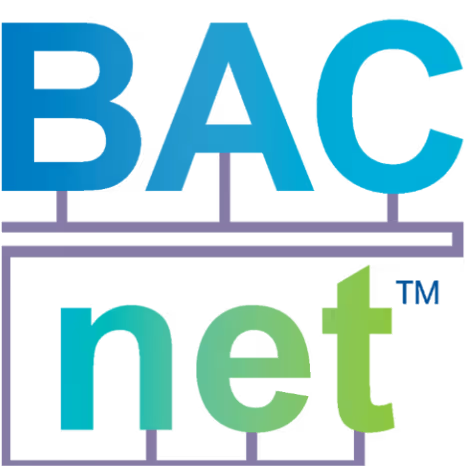LoRaWAN for the smart building solution
LoRaWAN is the ideal long-distance IoT network for Smart buildings and Facility management. With a mature hardware ecosystem and compatibility with multiple brands, Infodeck.io seamlessly integrates with most conventional LoRaWAN devices. Despite its potential, implementing an IoT network can be overlooked or considered complex by IT and operations personnel. However, LoRaWAN sensors and actuators are battery-powered and easy to install, with batteries lasting for years. Infodeck.io simplifies the process further by providing a built-in LoRaWAN network server that securely collects data while ensuring seamless integration into O&M processes. Moreover, the penetration of LoRaWAN can extend up to three floors in commercial buildings or office spaces, making it an efficient choice for connectivity needs.
Understanding LoRaWAN Technology
Cost-effective Connectivity for IoT Devices
LoRaWAN, or Long Range Wide Area Network, is a protocol specifically designed for long-range communication in IoT applications. It operates in the unlicensed spectrum, which means that it doesn't require any specific permissions or fees to use. This makes it an incredibly cost-effective option for connecting IoT devices.
The beauty of LoRaWAN lies in its ability to provide connectivity over long distances while consuming very little power. This low-power characteristic allows devices to operate on battery power for extended periods without needing frequent replacements or recharging. As a result, LoRaWAN is ideal for applications where devices are deployed remotely and access to power sources may be limited.
Secure and Reliable Data Transmission
One of the key advantages of LoRaWAN technology is its ability to ensure secure and reliable data transmission over long distances. The protocol employs robust encryption techniques that protect sensitive information from unauthorised access or tampering. This level of security is crucial when dealing with sensitive data such as personal information or critical infrastructure monitoring.
Moreover, LoRaWAN utilises advanced error correction mechanisms that enable reliable data transmission even in challenging environments with high levels of interference. By employing adaptive data rate algorithms, the technology can automatically adjust the transmission parameters based on signal strength and quality, ensuring optimal performance under varying conditions.
Applications across Various Industries
The versatility of LoRaWAN technology makes it suitable for a wide range of industries and applications. For example:
- In agriculture: Farmers can utilise IoT sensors equipped with LoRaWAN connectivity to monitor soil moisture levels, temperature variations, and crop health remotely.
- In smart cities: Municipalities can deploy smart parking systems using sensors connected via LoRaWAN networks to detect available parking spaces and guide drivers efficiently.
- In logistics: Companies can track shipments in real-time using GPS-enabled trackers connected through LoRaWAN networks, ensuring accurate and timely delivery.
- In industrial monitoring: LoRaWAN-enabled sensors can be deployed in factories to monitor equipment performance, detect anomalies, and optimise maintenance schedules.
The possibilities are endless. Its long-range capabilities, cost-effectiveness, security features, and adaptability make it a compelling choice for industries looking to connect their devices and gather valuable data.
Basics of IoT Sensors in LoRaWAN Networks
Collecting Data from the Physical Environment
IoT sensors play a crucial role in gathering data from the physical environment and transmitting it wirelessly to a LoRaWAN network. These sensors are designed to measure various parameters such as temperature, humidity, light intensity, motion, and more. By capturing this valuable information, IoT sensors enable us to monitor and control different processes in a wide range of applications.
Monitoring and Controlling Processes
The data collected by IoT sensors is vital for monitoring and controlling processes across diverse industries. For example, in agriculture, these sensors can be used to measure soil moisture levels or detect changes in environmental conditions that affect crop growth. This information allows farmers to optimise irrigation schedules or take preventive measures against potential threats such as frost or pests.
In smart cities, IoT sensors can be deployed to monitor air quality levels or detect noise pollution. This data helps city officials make informed decisions regarding urban planning and resource allocation. They can identify areas with poor air quality and implement measures to improve public health or regulate noise levels in residential neighbourhoods.
Another application of IoT sensor technology is asset tracking. Businesses can attach these small devices to their valuable assets such as vehicles or equipment to track their location and condition remotely. This enables them to optimise fleet management systems, prevent thefts by receiving real-time alerts if an asset leaves its designated area without authorization.
Moreover, IoT sensors are widely used for building automation purposes. By measuring factors like temperature or occupancy levels within a building's premises, these sensors help regulate heating/cooling systems efficiently based on actual demand rather than relying on fixed schedules.
Enhancing Efficiency with Real-Time Data
One of the key advantages of using IoT sensor networks within LoRaWAN technology is the ability to collect real-time data from remote locations without requiring direct human intervention. The continuous stream of information provided by these devices empowers businesses with valuable insights, enabling them to make data-driven decisions promptly.
For instance, in the manufacturing industry, IoT sensors can be installed on production lines to monitor machine performance and detect any signs of malfunction or inefficiency. By receiving real-time alerts about potential issues, manufacturers can take immediate action to prevent downtime and optimise production processes.
In the healthcare sector, IoT sensors are used for remote patient monitoring. These devices can track vital signs such as heart rate or blood pressure and transmit the data securely to healthcare professionals.
Key Features of LoRa Sensors
Long Battery Life
LoRa sensors are known for their impressive battery life, which allows them to operate for extended periods without the need for frequent replacements. Unlike other IoT sensor technologies that may require regular battery changes or recharging, LoRa sensors can last for years on a single set of batteries. This is especially advantageous in scenarios where it is challenging or impractical to access and replace the sensor's power source frequently.
The long battery life of LoRa sensors makes them ideal for applications that require continuous monitoring over an extended period. For example, in agriculture, LoRa sensors can be deployed in remote fields to monitor soil moisture levels or weather conditions without the hassle of regularly replacing batteries. Similarly, in smart city deployments, LoRa sensors placed throughout urban areas can provide real-time data on air quality or parking availability without interrupting operations due to frequent maintenance.
Long-Distance Communication
One of the key advantages of LoRa sensors is their ability to communicate over long distances. This makes them particularly suitable for applications where devices are spread out across large geographical areas or when there are obstacles present that could hinder signal transmission.
Unlike traditional wireless communication technologies that have limited range and struggle with penetrating buildings and other physical barriers, LoRaWAN (Long Range Wide Area Network) technology used by these sensors enables reliable communication even in challenging environments. With its low-power wide area network (LPWAN) capabilities, data from LoRa sensors can travel several kilometres while maintaining a strong connection.
For instance, imagine a logistics company tracking its fleet using IoT devices equipped with LoRa sensors. These devices could transmit location updates and other vital information back to a central control centre regardless of whether vehicles are travelling through urban areas with tall buildings or rural regions with limited infrastructure.
Bi-Directional Communication Capabilities
Another notable feature offered by LoRa sensors is their bi-directional communication capabilities. While many IoT sensor technologies only allow for data transmission from the device to a central hub, LoRa sensors enable control commands to be sent back to the devices as well. This bi-directional communication opens up a wide range of possibilities for remote monitoring and control applications.
For example, in a smart home setup, LoRa sensors can not only provide information about temperature or occupancy but also receive commands to adjust thermostats or activate security systems. In industrial settings, LoRa sensors can transmit real-time data on machine performance while simultaneously receiving instructions for adjusting operational parameters.
Compatibility of LoRa Sensors with LoRaWAN
Seamless Integration into Existing Networks
LoRa sensors are specifically designed to be compatible with the LoRaWAN protocol, ensuring seamless integration into existing networks. This compatibility allows for easy deployment and utilisation of these sensors in various IoT applications. Whether it's a smart city project, agriculture monitoring, or industrial automation, LoRa sensors can effortlessly connect to any LoRaWAN gateway.
Secure Data Transmission to Application Servers
Once connected to a LoRaWAN gateway, these sensors can securely transmit data to the application server. The use of encryption algorithms ensures that the data remains confidential during transmission, safeguarding sensitive information from unauthorised access. This secure communication between the sensor and the server is crucial in maintaining data integrity and protecting against potential cyber threats.
The compatibility of LoRa sensors with LoRaWAN provides numerous benefits in terms of network management and scalability. With their ability to connect seamlessly to existing networks, organisations can expand their IoT deployments without overhauling their infrastructure. They can simply add more LoRa sensors as needed and integrate them into the existing network architecture.
Versatility across Different IoT Deployments
One key advantage of using LoRa sensors is their versatility across different IoT deployments. Due to their compatibility with the widely adopted LoRaWAN protocol, these sensors find applications in various industries such as agriculture, environmental monitoring, asset tracking, and smart cities.
In agriculture monitoring systems, for example, farmers can utilise LoRa-based soil moisture sensors that provide real-time data on soil conditions such as humidity levels and temperature. This information helps optimise irrigation schedules and conserve water resources while maximising crop yield.
Similarly, in asset tracking applications where real-time location information is critical for logistics operations or fleet management systems,GPS-enabled trackers leveraging both GPS technology along with long-range communication capabilities provided by LoRA enable efficient tracking of assets across large areas.
The compatibility of LoRa sensors with LoRaWAN also enables the creation of smart cities. For instance, municipalities can deploy LoRa-based parking sensors to monitor parking spaces in real-time. This allows drivers to find available parking spots quickly, reducing traffic congestion and enhancing overall urban mobility.
Advantages of Using LoRaWAN in IoT Devices
Extensive Coverage
One of the major advantages of using LoRaWAN in IoT devices is its ability to provide extensive coverage. Unlike other wireless communication technologies, such as Wi-Fi or Bluetooth, which have limited range, LoRaWAN allows devices to communicate over large areas without the need for additional infrastructure. This makes it ideal for applications that require connectivity across wide geographic regions.
For example, let's consider a smart agriculture system that monitors soil moisture levels in a vast field. By deploying LoRaWAN-enabled sensors throughout the field, farmers can gather real-time data on soil conditions and make informed decisions about irrigation needs. With its long-range capabilities, LoRaWAN ensures that every sensor can transmit data back to the central hub efficiently and effectively.
Low Power Consumption
Another significant advantage of utilising LoRaWAN technology is its low power consumption. IoT devices often operate on battery power or rely on energy harvesting methods like solar panels. Therefore, minimising power usage is crucial to extend battery life and reduce maintenance costs.
LoRaWAN devices are designed with energy efficiency in mind. They consume minimal power during transmission and standby modes, allowing them to operate for extended periods without requiring frequent battery replacements or recharging. This feature is particularly beneficial for applications where access to power sources may be limited or impractical.
Consider a smart city application that involves monitoring streetlights remotely using LoRa-based sensors. These sensors can collect data on light intensity and send it wirelessly to a centralised management system via a LoRaWAN network. The low power consumption of these sensors ensures they can function continuously without draining their batteries quickly.
Scalability
The scalability offered by LoRaWAN networks is another key advantage. Traditional cellular networks may struggle with handling thousands (or even millions) of connected devices simultaneously. However, LoRaWAN's architecture is designed to support massive device deployments.
By leveraging the star-of-stars network topology, LoRaWAN can accommodate a vast number of IoT devices within a single network. This makes it suitable for smart city projects, industrial monitoring systems, and other applications that require numerous sensors spread across a wide area.
For instance, in a smart parking system where multiple sensors are installed in different parking lots throughout the city, LoRaWAN enables seamless connectivity between all these devices.
Potential Use Cases in Industrial Settings
Asset Tracking and Monitoring
LoRaWAN sensors have proven to be valuable tools for asset tracking and monitoring in various industries, including logistics and supply chain management. These sensors enable businesses to keep track of their assets in real-time, ensuring that they are always aware of the location and condition of their valuable resources.
By utilising LoRaWAN technology, companies can easily deploy sensors on their assets, such as shipping containers or vehicles, allowing them to monitor the movement and status of these assets throughout the supply chain. This level of visibility helps businesses optimise their operations by identifying bottlenecks or inefficiencies in the transportation process.
For example, a logistics company may use LoRaWAN-enabled sensors to track shipments as they move from one location to another. The sensors can provide information about the shipment's current location, temperature conditions inside the container (if applicable), and even detect if there has been any unauthorised access or tampering with the goods. This data allows companies to proactively address any issues that may arise during transit.
Predictive Maintenance
Another significant application of LoRaWAN sensors in industrial settings is predictive maintenance. By monitoring equipment health and detecting anomalies in industrial machinery, businesses can prevent costly breakdowns and minimise downtime.
LoRaWAN-based solutions allow companies to collect data from various sensors installed on machines or equipment within a factory or manufacturing facility. These sensors can measure parameters such as temperature, vibration levels, power consumption, or other relevant metrics that indicate machine health.
With this data at hand, businesses can implement predictive maintenance strategies by analysing patterns and trends over time. They can identify potential failures before they occur by detecting abnormal behaviour or deviations from normal operating conditions. By addressing these issues early on, companies can schedule maintenance activities more efficiently while avoiding unexpected breakdowns that could disrupt production schedules.
Worker Safety Enhancement
In hazardous environments where worker safety is paramount concern like chemical plants or construction sites, LoRaWAN-based solutions can play a crucial role in ensuring the well-being of employees. By providing real-time monitoring of environmental conditions, these sensors enable businesses to identify potential risks and take immediate action to mitigate them.
For instance, LoRaWAN sensors can be deployed to monitor parameters such as temperature, humidity, air quality, or gas levels in a given area. If any of these factors exceed safe thresholds, an alert can be sent to the relevant personnel so that they can evacuate the area or take appropriate measures to protect themselves.
Enhancing Efficiency with LoRaWAN Sensors
Optimising Resource Allocation and Improving Operational Efficiency
LoRaWAN sensors play a crucial role in enhancing efficiency across various industries. By collecting valuable data, these wireless devices enable businesses to optimise resource allocation and improve operational efficiency.
With the ability to monitor and measure different parameters such as temperature, humidity, pressure, and more, LoRaWAN sensors provide real-time insights into the performance of equipment and processes. This data can then be analysed to identify areas for improvement, leading to more efficient use of resources.
For example, in manufacturing plants, LoRaWAN sensors can continuously monitor machine performance. By analysing this data, businesses can identify potential bottlenecks or inefficiencies that may lead to downtime or decreased productivity. Armed with this information, they can take proactive measures such as scheduling maintenance or adjusting production schedules to maximise output.
Streamlining Processes through Remote Monitoring and Control
One of the key advantages of LoRaWAN-based solutions is their ability to enable remote monitoring and control. Traditionally, manual intervention was required for tasks such as checking inventory levels or ensuring optimal environmental conditions within a facility. However, with the deployment of IoT sensors powered by LoRaWAN technology, these processes can now be streamlined.
For instance, in agriculture settings where crops need specific conditions for growth like temperature and soil moisture levels; farmers no longer have to physically check each field individually. Instead they can rely on LoRaWAN sensors placed throughout their fields that transmit real-time data about temperature variations or moisture levels back to a central system which then notifies them if any action needs to be taken.
By reducing the need for manual intervention through automated monitoring systems connected via LoRaWAN networks, businesses save time while also minimising errors associated with human involvement.
Data-Driven Decision-Making for Cost Savings and Improved Productivity
Another significant benefit offered by LoRaWAN sensor networks is the ability to make data-driven decisions. The vast amount of data collected by these sensors can be analysed and processed to gain valuable insights that aid in decision-making processes.
For example, in logistics and supply chain management, LoRaWAN sensors can track the movement of goods, monitor environmental conditions during transportation, and provide real-time updates on their location. By analysing this data, businesses can identify potential bottlenecks or inefficiencies in their supply chain and take corrective actions to improve efficiency.
Moreover, LoRaWAN sensor networks enable predictive maintenance strategies.
Challenges and Solutions for LoRaWAN Deployment
Network Coverage
One challenge in deploying a LoRaWAN network is ensuring sufficient network coverage. This means that the signal from the IoT sensors needs to reach the gateways reliably. To address this challenge, it is important to strategically place gateways throughout the deployment area.
By strategically placing gateways, you can ensure that there are no dead zones where the signal strength is weak or non-existent. The goal is to have overlapping coverage areas between neighbouring gateways so that if one gateway fails or experiences interference, another nearby gateway can pick up the signal.
For example, let's say you are setting up a smart city project with various IoT sensors deployed across different locations. By studying the topography of the area and analysing potential obstacles such as buildings or natural features, you can determine optimal positions for your gateways. This way, you can maximise network coverage and ensure reliable communication between sensors and gateways.
Security Measures
Another concern when deploying a LoRaWAN network is security. With sensitive data being transmitted wirelessly, it's crucial to protect against unauthorised access or tampering.
LoRaWAN incorporates robust encryption mechanisms to safeguard data transmission. It uses AES-128 encryption algorithms for end-to-end security between devices and applications connected via LoRaWAN networks.
This ensures that even if someone intercepts the transmitted data packets, they won't be able to decipher them without proper decryption keys. The encryption protocols used in LoRaWAN provide a secure channel for transmitting sensor data without compromising its integrity.
For instance, imagine you have deployed temperature sensors in an industrial facility using a LoRaWAN network. These sensors continuously transmit temperature readings back to a central server for monitoring purposes. With strong encryption measures in place, any attempts by unauthorised individuals to intercept or manipulate these temperature readings would be futile.
Interference Management
Interference from other wireless devices can pose a challenge to effective communication in a LoRaWAN deployment. With multiple wireless devices operating in the same frequency range, it's important to manage interference effectively.
Proper channel planning and frequency management are key solutions to mitigate interference issues. By carefully selecting channels and frequencies for your LoRaWAN network, you can minimise the chances of overlapping with other devices that might cause interference.
Future Trends in LoRaWAN and IoT Integration
5G Technology Complements LoRaWAN Deployments
The integration of 5G technology with LoRaWAN deployments is set to revolutionise the Internet of Things (IoT) landscape. As 5G networks continue to roll out globally, they will complement LoRaWAN by offering faster data transfer rates and lower latency. This means that IoT devices connected via LoRaWAN can benefit from improved connectivity and real-time communication.
However, it's important to note that while 5G technology brings significant advantages, it may also come with higher costs. In some countries, the deployment of 5G infrastructure is still considered expensive due to various factors such as equipment installation and maintenance expenses. Organisations planning to adopt both technologies should carefully consider their budgets and assess whether the benefits outweigh the costs.
Edge Computing Enhances Device-Level Processing Power
Another key trend in the integration of LoRaWAN with IoT is the emergence of edge computing capabilities. Edge computing refers to processing data closer to where it is generated rather than relying solely on cloud-based servers for analysis. By bringing computation power closer to IoT devices themselves, edge computing enables real-time analytics and decision-making at the device level.
For example, Infodeck.io's EdgeGo platform seamlessly integrates edge computing capabilities with its LoRaWAN solution. This hybrid architecture enhances resilience in downlink control while providing enhanced processing power for advanced applications such as AI algorithms or complex data analysis.
AI Algorithms Enable Advanced Data Analysis
Integrating artificial intelligence (AI) algorithms with LoRaWAN networks opens up new possibilities for advanced data analysis and predictive capabilities within IoT systems. By leveraging AI techniques such as machine learning, organisations can extract valuable insights from large volumes of sensor data collected through their LoRaWAN-enabled devices.
These AI-powered analyses enable businesses to make data-driven decisions, optimise operations, and detect patterns or anomalies that may not be easily identifiable through traditional methods. For example, AI algorithms can help identify trends in environmental sensor data collected from LoRaWAN-connected devices to predict potential maintenance issues or optimise energy consumption.
Digital Twin Enhances Visualisation and Operational Efficiency
The concept of a digital twin is gaining traction within the IoT space. A digital twin is a virtual representation of a physical object or system that allows for real-time monitoring, analysis, and simulation.
Summary
In summary, LoRaWAN technology and IoT sensors have emerged as a powerful combination in the realm of Internet of Things (IoT) applications. Understanding the basics of LoRaWAN and IoT sensors is crucial for businesses and industries looking to leverage the benefits of this technology. The key features of LoRa sensors, their compatibility with LoRaWAN, and the advantages they offer in terms of long-range communication and low power consumption make them an ideal choice for various IoT use cases.
The potential use cases in industrial settings highlight the versatility of LoRaWAN sensors, from asset tracking to environmental monitoring. By enhancing efficiency and providing real-time data insights, these sensors enable businesses to optimise their operations and make informed decisions. However, challenges such as network coverage and security must be addressed for successful deployment.
Looking ahead, the integration of LoRaWAN and IoT is expected to continue growing, with advancements in edge computing, artificial intelligence, and data analytics driving innovation. Businesses should stay updated on these trends to capitalise on the opportunities they present.
Frequently Asked Questions
What is LoRaWAN technology?
LoRaWAN (Long Range Wide Area Network) is a wireless communication protocol designed for low-power, wide-area networks. It enables long-range connectivity for Internet of Things (IoT) devices by using low-power, unlicensed radio frequencies.
How do IoT sensors work in LoRaWAN networks?
IoT sensors in LoRaWAN networks collect data from the physical environment and transmit it wirelessly to a gateway. The gateway then forwards the data to a central server or cloud platform for processing and analysis. This allows remote monitoring and control of various applications such as smart cities, agriculture, and asset tracking.
What are the key features of LoRa sensors?
LoRa sensors offer long-range communication capabilities, allowing them to transmit data over several kilometres. They also have low power consumption, enabling extended battery life for IoT devices. They can operate in both indoor and outdoor environments with strong penetration capabilities.
Are LoRa sensors compatible with LoRaWAN?
Yes, LoRa sensors are compatible with the LoRaWAN protocol. They can seamlessly connect to any LoRaWAN network infrastructure or gateway that supports their frequency band and regional parameters.
What advantages does using LoRaWAN provide for IoT devices?
Using LoRaWAN offers several advantages for IoT devices including long-range connectivity, low power consumption leading to extended battery life, scalability to support large-scale deployments, secure end-to-end encryption ensuring data privacy, and cost-effective deployment due to its use of unlicensed radio frequencies.
Can you provide some potential use cases of LoRaWAN in industrial settings?
LoRaWAN has numerous potential use cases in industrial settings such as asset tracking and management systems for warehouses or factories; environmental monitoring systems for measuring air quality or temperature/humidity levels; predictive maintenance solutions for machinery; supply chain optimisation through real-time tracking of goods; and smart agriculture applications for monitoring soil moisture, weather conditions, and crop health.
How can LoRaWAN sensors enhance efficiency?
LoRaWAN sensors can enhance efficiency by enabling real-time data collection and analysis. This allows businesses to optimise processes, monitor equipment performance remotely, detect anomalies or faults early on, and make informed decisions based on actionable insights. The efficient use of resources leads to cost savings and improved operational efficiency.
Experience the power of Infodeck.io today to unlock the potential of your IoT data. If you haven’t yet explored the benefits of the LoRaWAN network, our platform makes it simple to set up and run in no time. No tech expertise required. With Infodeck.io, effortlessly establish and utilise the LoRaWAN network for your IoT data without any complexity.


.png)


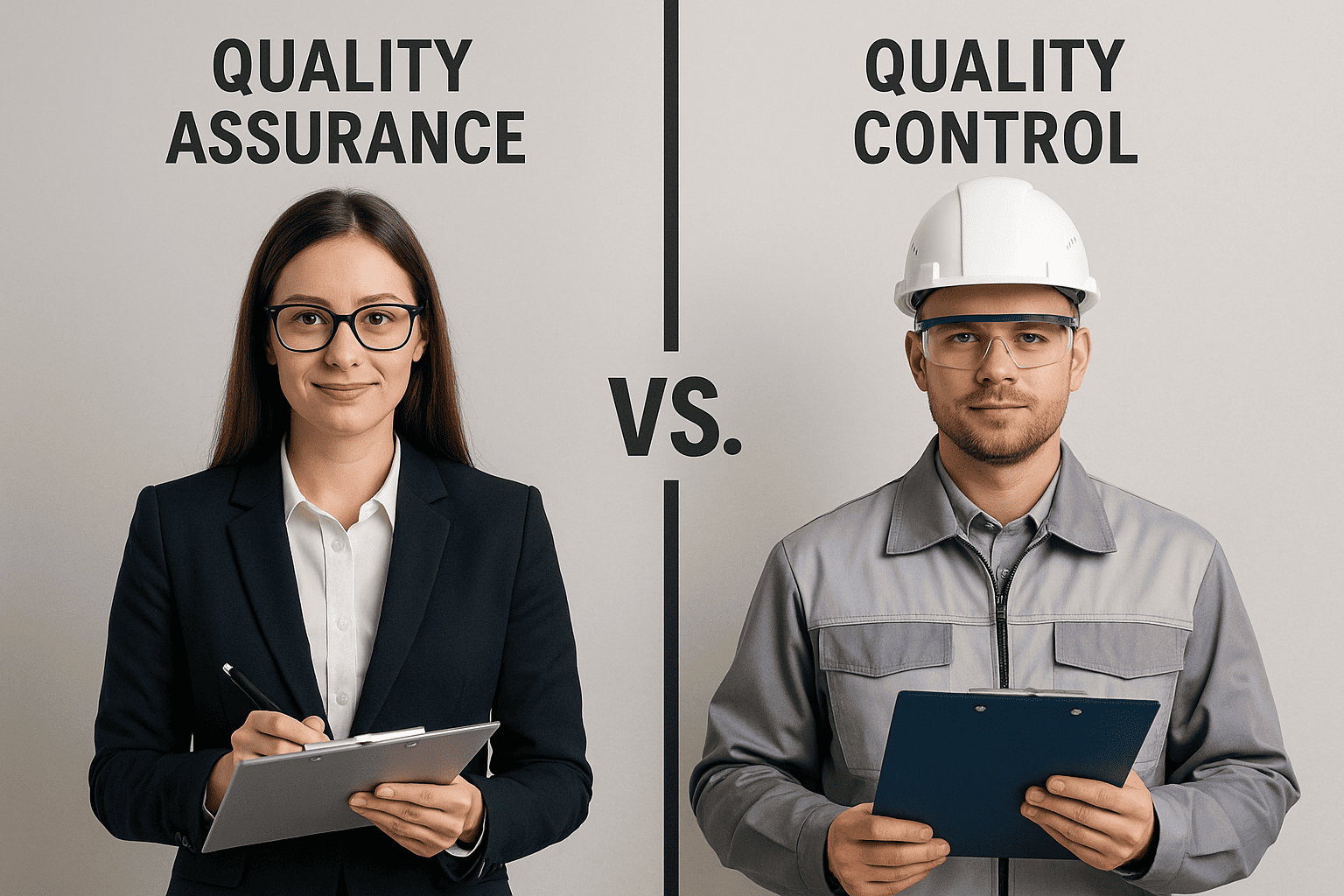

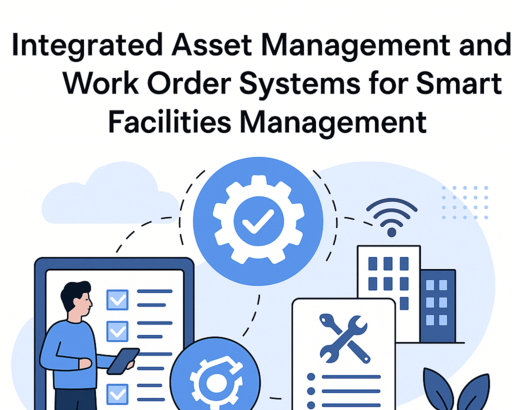
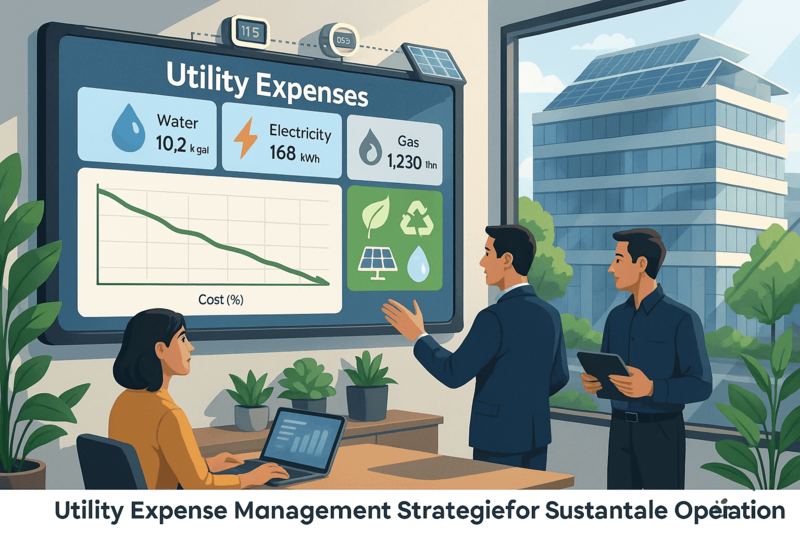


.png)




.png)

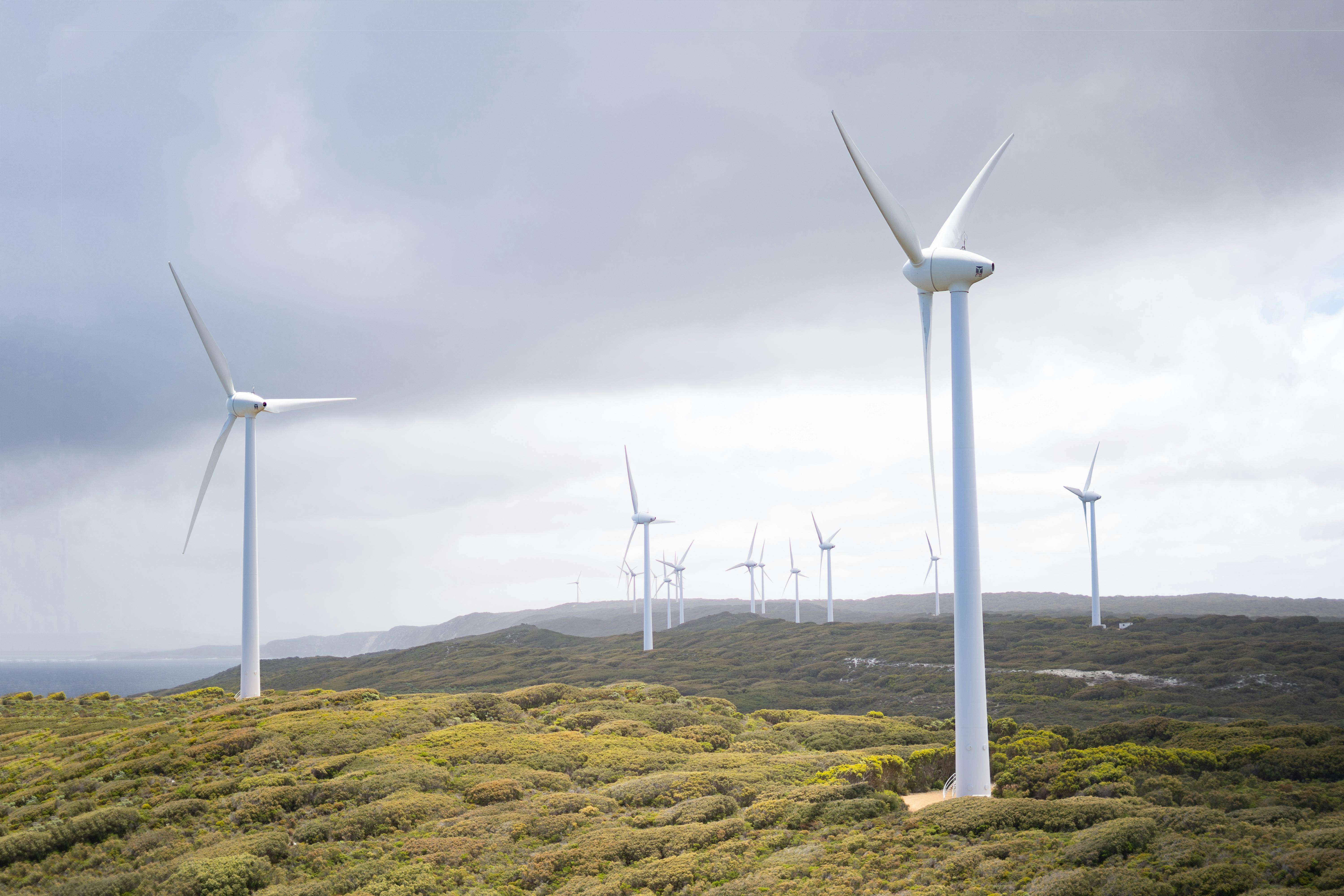














.jpeg)





